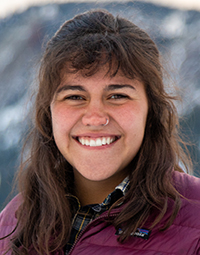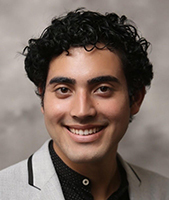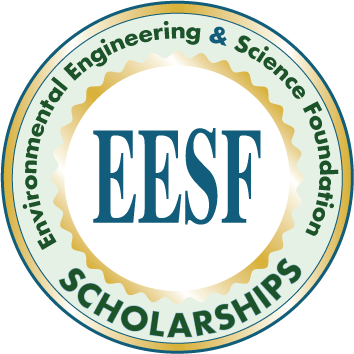Announcing the 2021 Environmental Engineering and Science Foundation Scholarship Recipients
The Environmental Engineering and Science Foundation (EESF) has as its Mission to secure and direct resources to advance environmental engineering and science in the areas of research, education and practice.
Six $2,500 scholarships are being awarded for:
- Undergraduate Environmental Engineering
- Undergraduate Environmental Science
- Master’s level Environmental Engineering (2)
- Master’s level Environmental Science (2)
The two undergraduate scholarships target students from Community Colleges.
The 2021 scholarship recipients emerged from a highly competitive process that considered academic achievement, resume, essay, and letters of recommendation.
EESF was able to attract a sizable number of applicants and the quality of their qualifications was outstanding.
It is our privilege to introduce the six outstanding recipients and provide excerpts from their resumes and essays.

UNDERGRADUATE: ENVIRONMENTAL ENGINEERING
Natalie Mendez
Humboldt State University,
Environmental Engineering
Being raised in a family of immigrant agricultural workers, I was instilled with a strong sense of appreciation of the world we live in and those of us that tend to it with the respect that it deserves. My desire to pursue a career in environmental engineering spurs from the role that I am determined to play in the protection of the people of color, indigenous folks, immigrant and low income communities that are disproportionately exposed to harmful environmental factors.

UNDERGRADUATE: ENVIRONMENTAL SCIENCE
Madison Morton
University of Nevada-Reno,
Natural Resources and Pollutants
Currently I am a high school senior and also a sophomore at Western Nevada and will graduate with an associate's degree and an advanced diploma at Virginia City High School. I am extremely passionate about the environment and will be attending the University of Nevada, Reno in the fall of 2021 working towards a bachelor's degree in environmental science. I intend to use this degree to help promote a cleaner planet.

MASTER'S DEGREE: ENVIRONMENTAL ENGINEERING
Sydney Van Frost
University of Wisconsin-Madison,
Environmental Engineering
I aim to advance my education and research by pursuing a master's degree in environmental engineering at the University of Wisconsin-Madison, making me a first-generation graduate student. I want to ultimately pursue a career where I can incorporate both my technical problem-solving skills as well as my creative, exploratory skills that I developed through my research experiences.

MASTER'S DEGREE: ENVIRONMENTAL ENGINEERING
Eliza Lynn Fink
University of Colorado, Boulder,
Civil Engineering with a focus in Environmental Engineering
My career goal is to become a certified professinal engineer applying water and wastewater treatment to protect the environment and promote equitable public health through safe water access. I will pursue a masters degree in civil engineering with an emphasis in environmental engineering and a certification in global engineering from the University of Colorado.

MASTER'S DEGREE: ENVIRONMENTAL SCIENCE
Carley DeFillips
University of South Florida
Biology with a focus on Ecology and Evolution
My professional goal is to improve the stormwater system to prevent pollution associated with urban run-off. Stormwater run-off often directly flows into greater water bodies such as lakes, rivers, or oceans. Urban pollutants such as excess nutrients, toxic chemicals, and plastics negatively impact their recipient ecosystems by degrading habitat quality and lowering biodiversity.

MASTER'S DEGREE: ENVIRONMENTAL SCIENCE
Matthew Vining
Duke University,
Environmental Science and Policy with a focus on Policy and Management
As a person adamant about applying the principles learned in my engineering studies for progressive change, I desire to implement environmental policy that actively connects STEM professionals with policy making efforts to target today's largest environmental threats, namely human-induced climate change.

